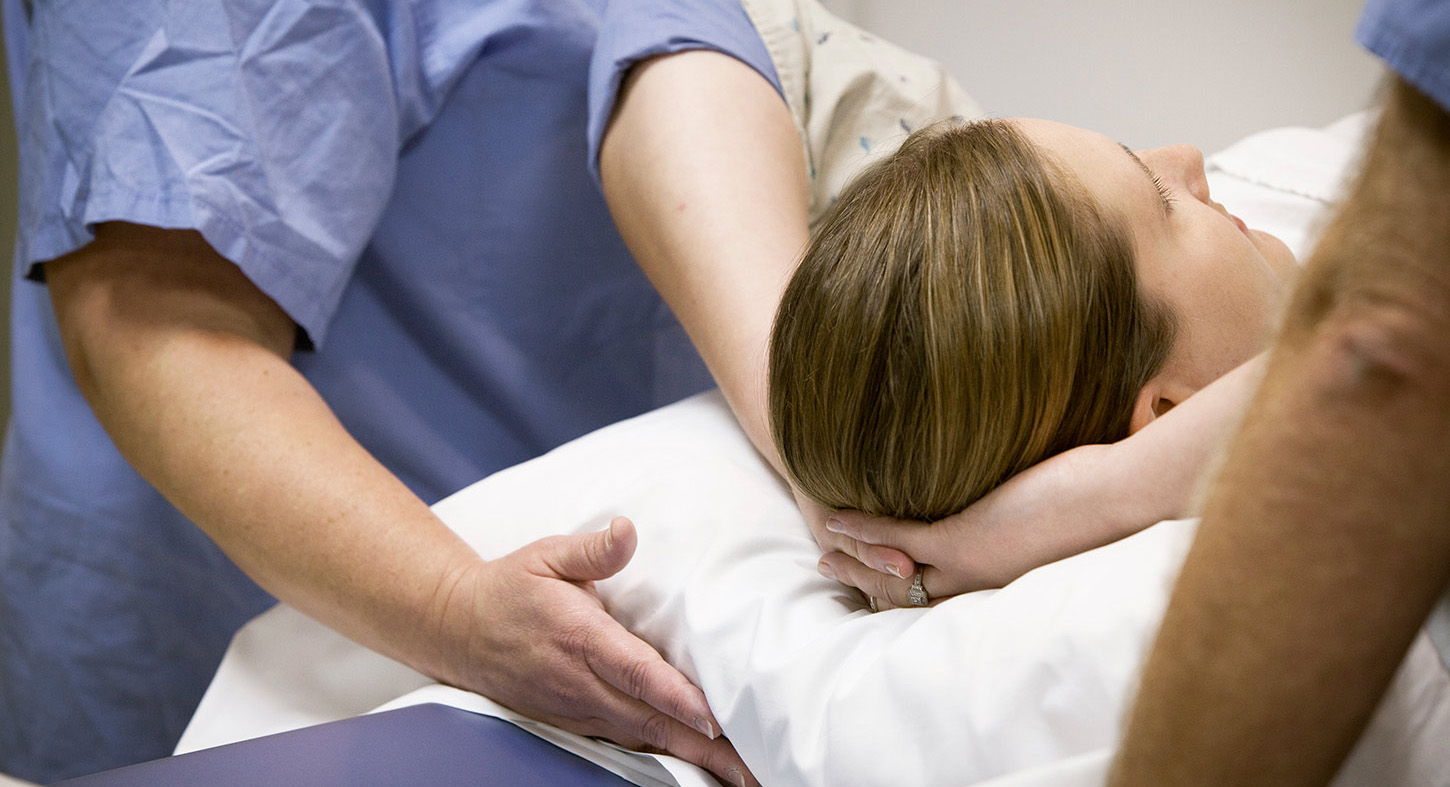CT
CT or CAT Scan

CT or CAT Scan
A computerized tomography scan (CT) or computer axial tomography (CAT scan) is a diagnostic imaging procedure using a combination of X-rays and computer technology to produce cross-sectional images (often called slices), both horizontally and vertically, of the body. A CT scan shows detailed images of any part of the body, including the bones, muscles, fat, and organs.
The CT machine is a room-sized, donut-shaped x-ray machine that takes x-ray images at various different angles around the body. These images are processed by a computer to produce cross-sectional pictures of the body as if it were a loaf of bread. As you remove each slice of bread, you can see the entire surface of that slice from the crust to the center. The body is seen on CT scan slices in a similar fashion from the skin to the central part of the body being examined. When these levels are "added" together, a three-dimensional picture of an organ or abnormal body structure can be obtained.
A CT scan is used to define normal and abnormal structures in the body and/or assist in procedures by helping to accurately guide the placement of instruments or treatments.
Commonly Ordered CT Procedures include head, sinus, chest, Pulmonary Embolism Chest (PE Chest), Abdomen/Pelvis, Extremities and CT Angiography (CTA).
What to Expect
It is best to arrive early for your procedure, usually anywhere from 15 to 60 minutes prior to the scheduled appointment depending upon the preparation required for the procedure.
During the procedure, the patient is positioned on a table, which slides in and out of the CT scanner. Patients may be required to remove any artifacts from the area of interest, including lowering pants to move metal buttons and zippers. The patient's privacy is maintained at all times.
The machine will make some noises as it takes its images. The patient must remain still and listen for breathing instructions. Procedures are generally painless and usually takes approximately 5 to 10 minutes, but may be longer the exam is for a specific area such as the liver or urinary system.
After the procedure, a doctor of radiology "a radiologist" will review the images taken, dictate a report which is transcribed and forwarded to the physician who ordered your test. You will receive your results from your physician.
CT Frequently Asked Questions
What is the difference between CT and MRI?
Good question. Read more here.
Can I have a CT Imaging Exam if I am pregnant?
Pregnant woman should not have a CT exam or any x-ray examination, especially if you are in your first trimester. There may be other exams available, such as ultrasound, to help make a diagnose if you are pregnant. You should always inform their imaging technologist or radiologist that you are pregnant or may be pregnant.
What will intravenous contrast do if I am breastfeeding?
According to the American College of Radiology, the American Academy of Pediatrics and the American College of Obstetrics and Gynecology, a very small percentage of intravenous contrast medium is excreted in the breast milk. Depending on the contrast media used, it may or may not be absorbed by your child's stomach. They believe the available data suggest that it is safe to continue breastfeeding after receiving the contrast media.
If you remain concerned about any potential side effects to your child or if it is recommended that you briefly stop breastfeeding, you may receive information on how to pump and store your breast milk prior to your test from your Pediatrician or Lactation Consultant. This will allow your baby to continue to receive your breast milk after your procedure until such time as the contrast is voided from your system. It is very important to continue expressing your milk (pump and dump) during that time so that to maintain your milk supply.
Is CT Imaging safe?
Yes, CT imaging is considered a safe examination. In general, the diagnostic benefit of a CT scan usually outweighs the risk of x-ray radiation exposure or injections of imaging contrast during the scan. You should inform the radiologist or technologist if they have a history of allergies (especially to medications, previous iodine injections, or shellfish), diabetes, asthma, a heart condition, kidney problems, or thyroid conditions.
Can I talk with anyone during the CT scan?
You may talk to the technologists or ask a question in between CT data acquisitions. However, during the scanning process it is very important to remain perfectly still so as to obtain the best images possible.
Can I bring a friend or a relative into the CT scan room with me?
No, CT uses radiation, the same as diagnostic x-ray. In the interest of radiation protection, no else is allowed in the suite during the exam.
What if I am claustrophobic?
Unlike the MRI unit, the CT scanner is not as long as an MRI unit. In addition, the scan time is much shorter. It takes longer to prepare for, and explain the exam, than it does to actually acquire the images themselves. If you think you may be claustrophobic, call the Imaging Services department at (603) 740-2670 to see if you could visit the room prior to your appointment date to verify whether or not you are able to tolerate the environment.
Contact Us
Wentworth-Douglass Hospital
789 Central Avenue
Dover, New Hampshire 03820
Phone: (603) 742-5252
See All Locations